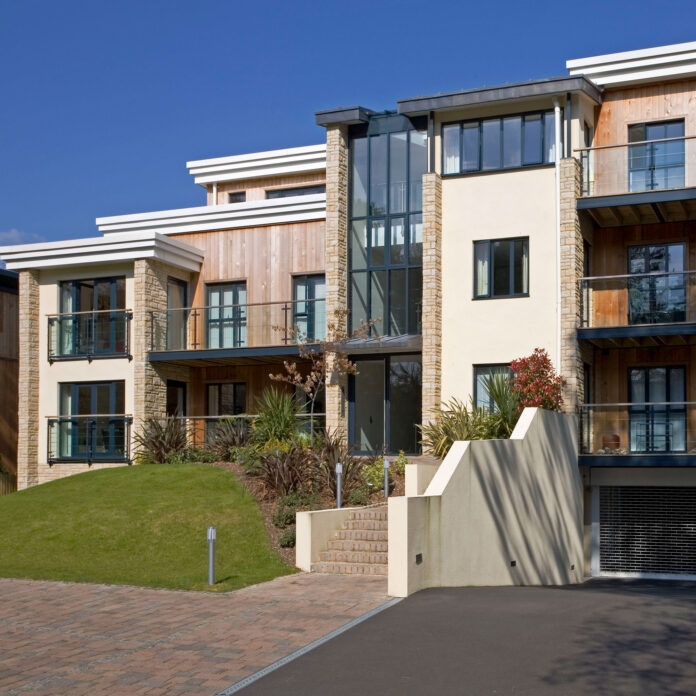Over the last few years a new phrase has started appearing in building circles, ‘fabric first’ or a fabric first approach. Fabric first is a simple concept for making comfortable, sustainable and affordable-to-heat homes by focusing on insulation, putting in good windows, reducing draughts and optimised orientation and design to capture as much of the sun’s heat as possible.
In other words getting the stuff that the building is made from, fabric, right rather than the technology of how you heat it.
It is one of those logical ideas that is so obvious that you already know it! Despite this I am constantly amazed at how often the plans we hear for sustainable homes, whether from the government or homeowners, focus on low carbon technology for heating – heat pumps, bio-mass, hydrogen boilers etc etc – rather than on saving it. It is the equivalent of having a hole in a bucket and obsessing about how to keep filling it up rather than fixing the hole.
Image credit: Future PLC/ Robert Sanderson
How does fabric first reduce heating bills?
If you fix the hole (stop your building losing heat) you can be far less interested in generating heat because a properly insulated, super air-tight house with a good ventilation system requires no heating system. You, the kids, dog, computers, oven and electrical kit provide the heat you need on all but the coldest of days.
While no heating is the logical conclusion of a fabric first approach there is much the approach has to offer all homes. Not only does it reduce heating bills but living in a house that is not losing heat, that has no draughts or cold spots is utter luxury. Once you’ve experienced it you will never want to live in a normal (cold) house again.
A well insulated house is also a healthy house. Badly insulated homes often suffer from condensation and damp leading to mould, which has very poor health implications.
A further reason I am such an advocate of a fabric first approach is because while technology eventually goes wrong, insulation does not. I appreciate it is hard to get excited by insulation but it can last hundreds of years with no running costs and doesn’t break down on Christmas morning with 15 coming for lunch.
Image credit: Future PLC/David Giles
Beyond the possibly mundane insulation and draught proofing there are things to get more excited about in the field of fabric first.
How does computer modelling help with fabric first?
One of the most important is the use of computer modelling to optimise the way a house uses insulation and passive solar design to create super efficient self-heating living machines: scavenging just the right amount of the sun’s warmth while losing as little heat as possible.
Image credit: Future PLC/Douglas Gibb
There are several computer programmes that help to achieve this, we use Passive House Planning Package (PHPP) in my office and it is a wonderful thing. During our design process we model the building to test what heating it will need and what effect changes in the size, location and orientation of both the building and its windows will have, so we can optimise the form.
We explore the most cost effective place for insulation and make an accurate estimate of what heating bills will be before it’s built, driving down running costs and CO2 emissions. This should be the focus for sustainable homes, embedding clever thinking in the house fabric through good design and building. Done right it will never need servicing or break down. It will not only make you happy and healthy but benefit the generations to come.
The post What is fabric first? Charlie Luxton shares his advice appeared first on Ideal Home.










